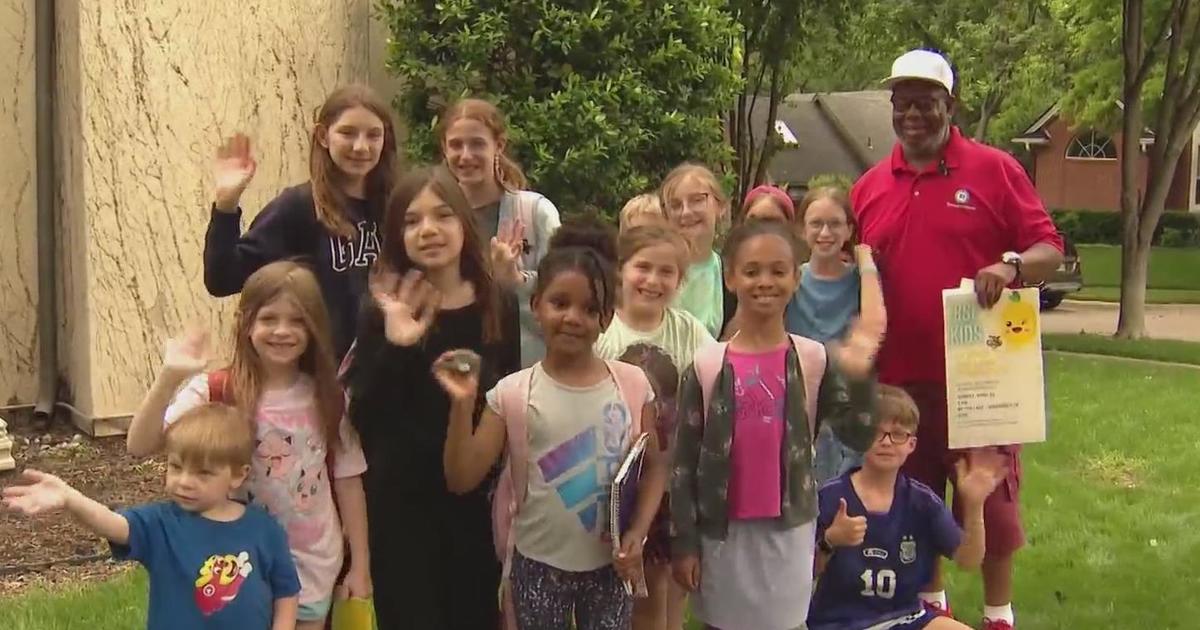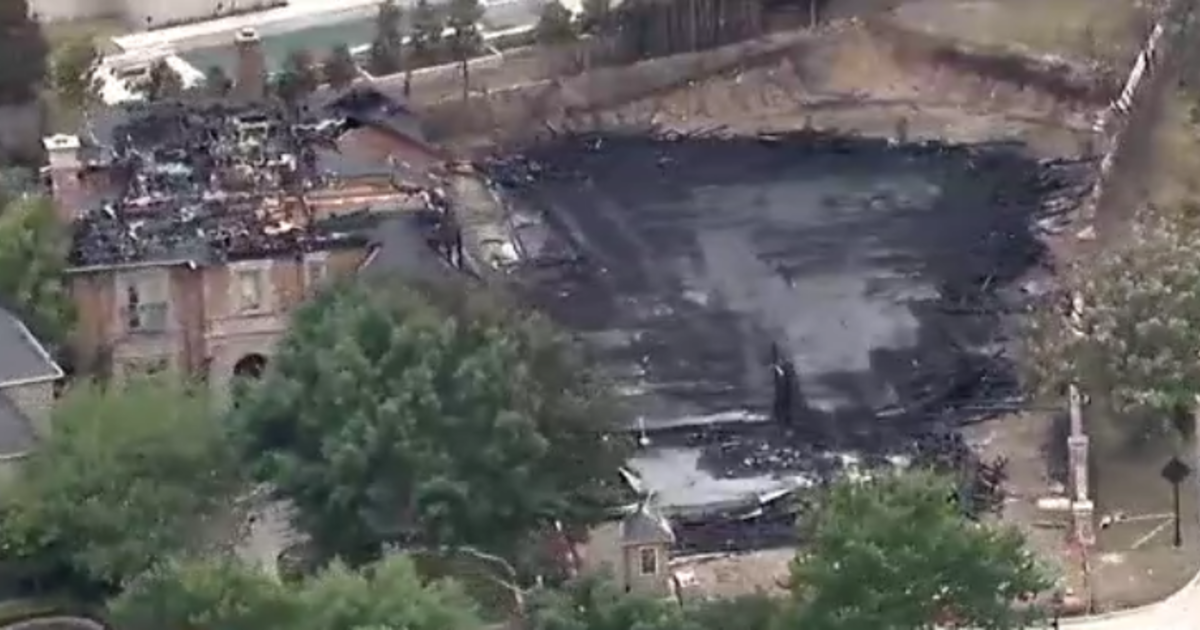Safety Technology That Helped NASCAR Driver Ryan Newman Survive Major Crash Protects Us, Too
DALLAS (CBSDFW.COM) - Just two days after a terrifying crash in the final lap of the Daytona 500, driver Ryan Newman walked out of a hospital holding his two daughters' hands.
His survival may have come as a surprise to some, but not Neil Hannemann.
"I actually thought he wouldn't be that badly injured because of the way the car performed," said the automotive engineer and former race car driver.
Hanneman said Newman's crash was similar to the one that killed Dale Earnhardt nearly 20 years ago.
"In that the car was bumped from behind and took a sudden right turn into the wall," he said.
But, Newman benefitted from safety innovations that followed Earnhardt's death.
Race track walls are now designed to absorb impact, a driver's harness to protect his head and neck, and the car's roll cage to keep the cabin intact.
"Parts of the car can fall off. Wheels can come off. The car's front and back can get crunched, but the cell the driver is in maintains its integrity so it doesn't crush in on the driver," said Hannemman.
It's an advancement that's likely made its way into your car, too.
"Passenger cars safety cells have gotten a lot better," said Hannemman.
While the front of the car is designed to collapse, higher strength steel surrounds the passenger space.
"Ryan's car also caught on fire," said Hannemman.
He says that's less likely to occur when you crash your car than it used be.
"About 15 years ago, the government changed the regulations on fuel tank locations," he said.
The one element, he says, has grown more dangerous over the years is the human one.
"Cars are getting safer, but drivers are getting distracted," said Hannemman.
With advances in automation, he says, engineers are working to fix that, too.



